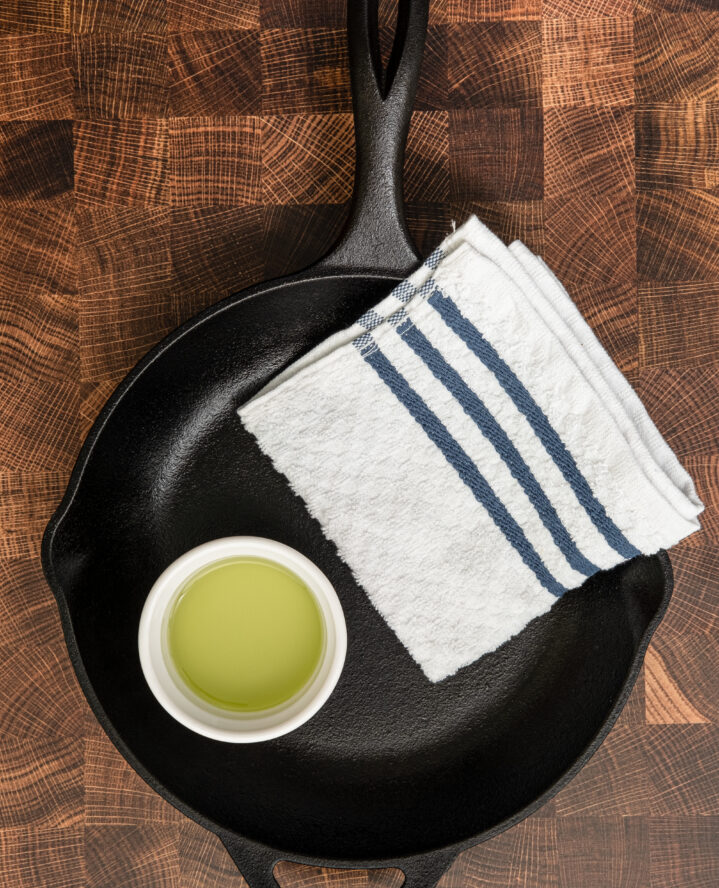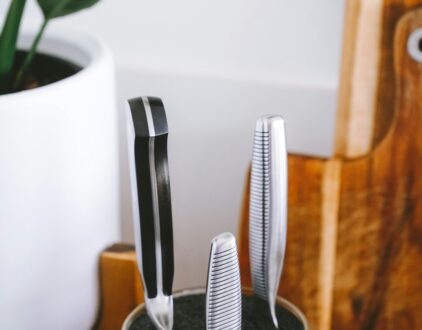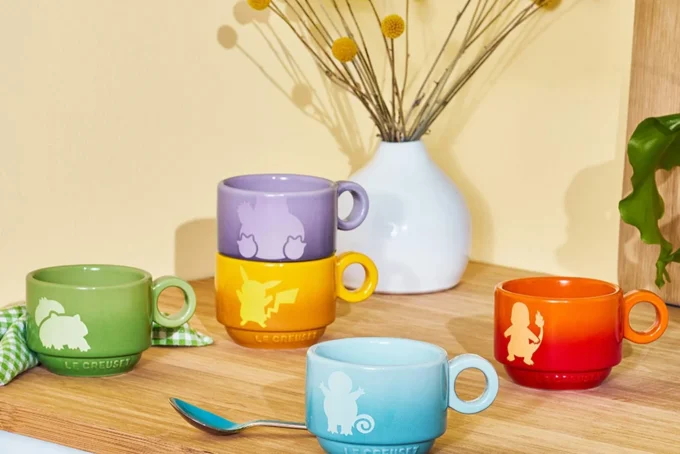If you’ve ever tried to clean a cast iron skillet after cooking, you know it can feel like tackling a Shakespearean tragedy. The drama! The crusty residue! But don’t worry, the cleaning process doesn’t have to end badly. While cleaning cast iron requires a different approach than other cookware, it’s easier to master than you might think.
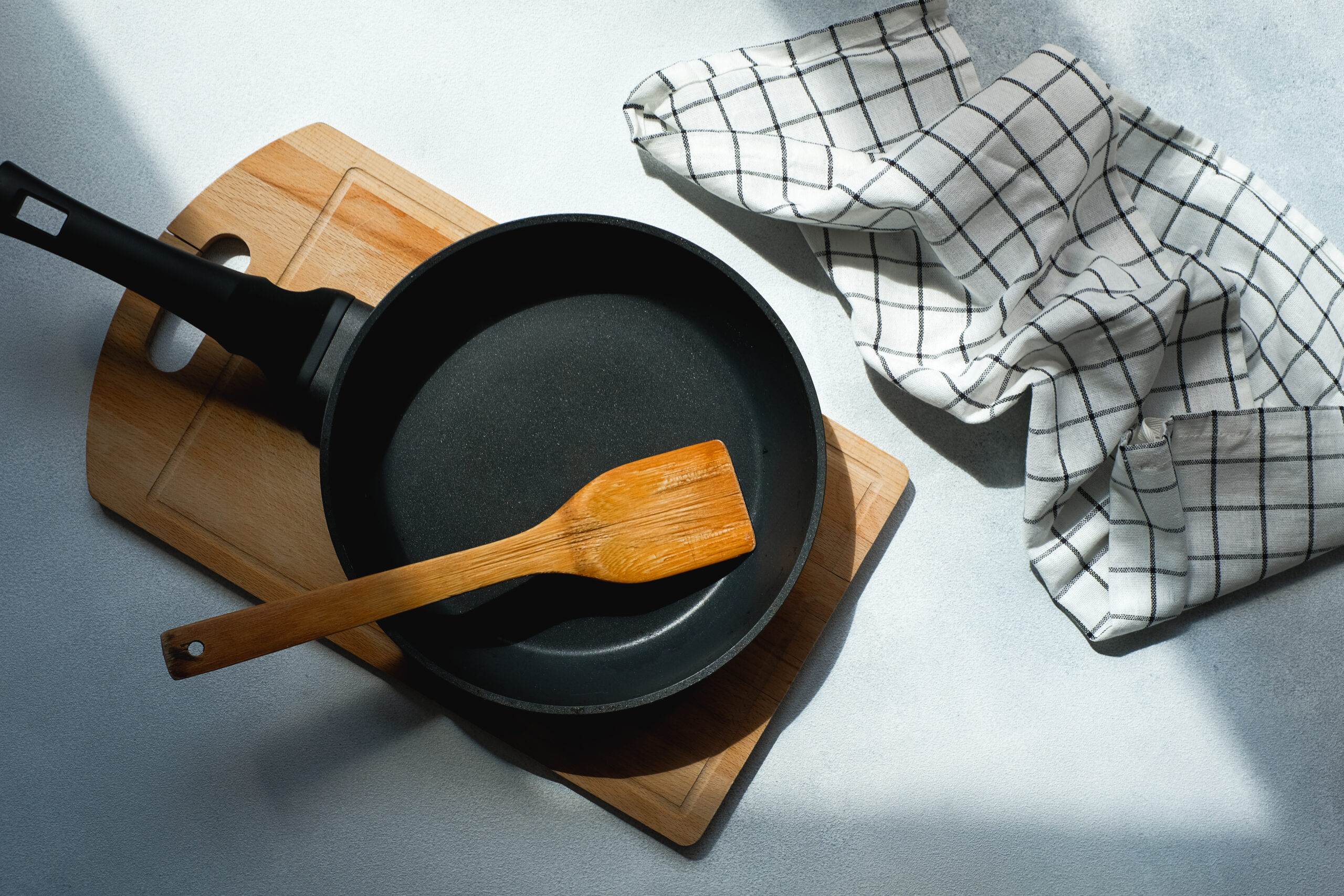
Cast Iron 101: Know Your Skillet
Cast iron skillets are prized for their versatility and longevity. They transition from stovetop to oven with ease, making them a staple for cooks of all skill levels. However, their enemy is rust, which can be avoided with proper care.
Why Cast Iron Is King
These skillets excel in heat distribution, making them perfect for searing steaks or baking frittatas. Plus, like a fine wine, they improve with age. Each use seasons the skillet, creating a non-stick surface that rivals modern coatings.
Step-by-Step: How to Clean Your Cast Iron Skillet
Ready to roll up your sleeves? Here’s how to clean your skillet without damaging its seasoning or causing rust.
Cool It, Then Wipe It
After cooking, let the skillet cool slightly—warm but not hot. Use a paper towel to wipe out any food particles. This quick step prevents food from hardening and becoming difficult to remove.
Water Is Your Friend (In Moderation)
Rinse the warm skillet under hot water and scrub with a brush or non-metallic scrub pad. Avoid soap unless absolutely necessary, as it can strip away the skillet’s seasoning. For stubborn residue, boil water in the skillet to loosen it.
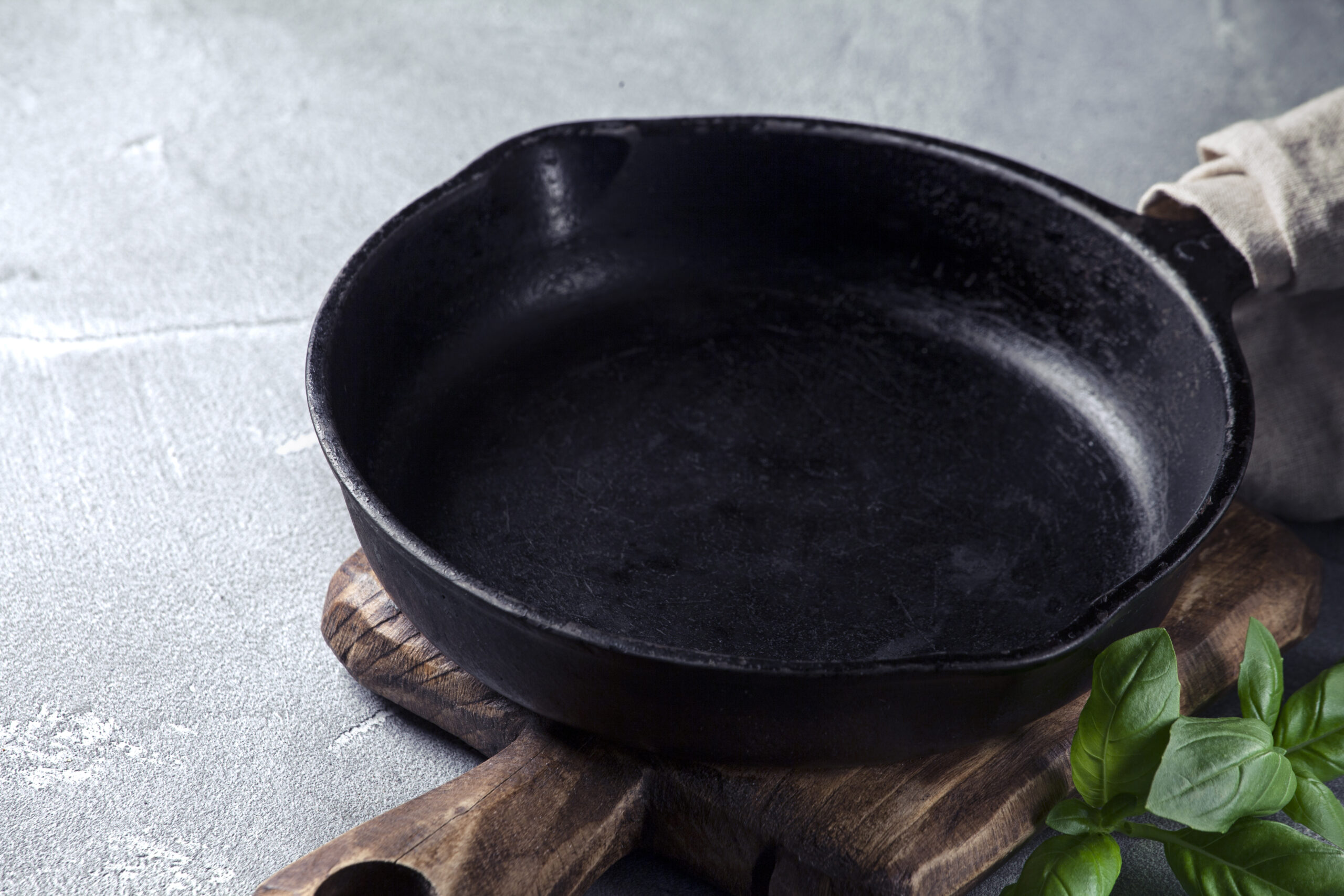
To Soap or Not to Soap?
The old rule was to never use soap on cast iron. However, modern soaps are less harsh, so a mild soap can be used sparingly in some cases.
When to Use Soap
If you’ve cooked something particularly greasy or strong-smelling, a small amount of mild soap won’t hurt. Just be sure to rinse thoroughly and dry the skillet immediately.
Drying: The Final Step
Drying is crucial to preventing rust. After washing, heat the skillet on the stove over low heat to evaporate any remaining moisture.
Heat It Up
This method not only dries the skillet but also prepares it for re-seasoning by opening the pores of the iron.

Keep It Seasoned for Longevity
Seasoning your skillet keeps it non-stick and rust-resistant. After each cleaning, it’s a good idea to re-season to maintain its quality.
Oil It Lightly
Once dry, apply a thin layer of vegetable oil or shortening to the skillet. Rub it in with a paper towel, heat the skillet until it smokes, then let it cool. This process helps keep your skillet’s non-stick surface intact.
Troubleshooting Common Cast Iron Issues
Even with the best care, things can sometimes go wrong. Here’s how to handle common problems.
Rust
If rust appears, scrub it off with coarse kosher salt and water. Rinse, dry thoroughly, and re-season the skillet.
Food Sticking to the Skillet
If food starts sticking, your skillet likely needs a re-seasoning session. Clean it well, then follow the oiling and heating process to restore performance.
With proper care, your cast iron skillet will continue serving delicious meals for years to come.
popular posts
Kitchen
Spaces
Whether it’s luxury or ease, every area of your home should be as fabulous and unique as you.
Pokémon Fans Will Love Le Creuset’s New Limited-Edition Cookware
by Jessica Fields | March 18, 2025
7 Must-Have Cookware Brands To Elevate Your Culinary Game
by Kelsey Marie | January 13, 2024
FOLLOW ALONG ON INSTAGRAM
#homeandtexture
Find us on social for more home inspiration where culture, personal style, and sophisticated shopping intersect to help you create a home where you love to live.
